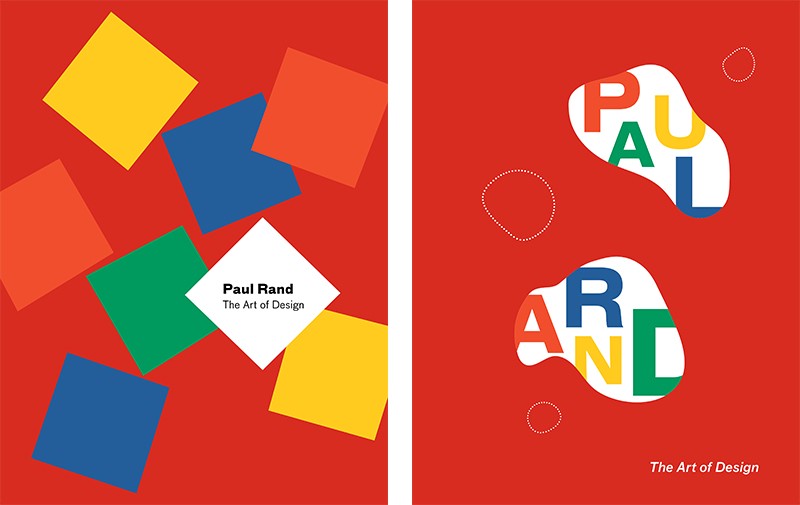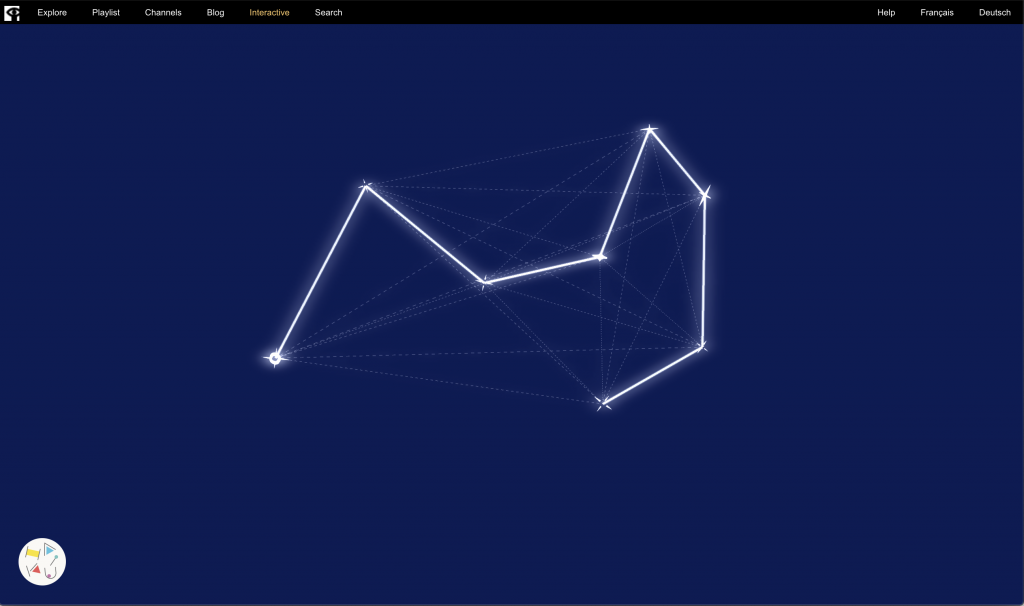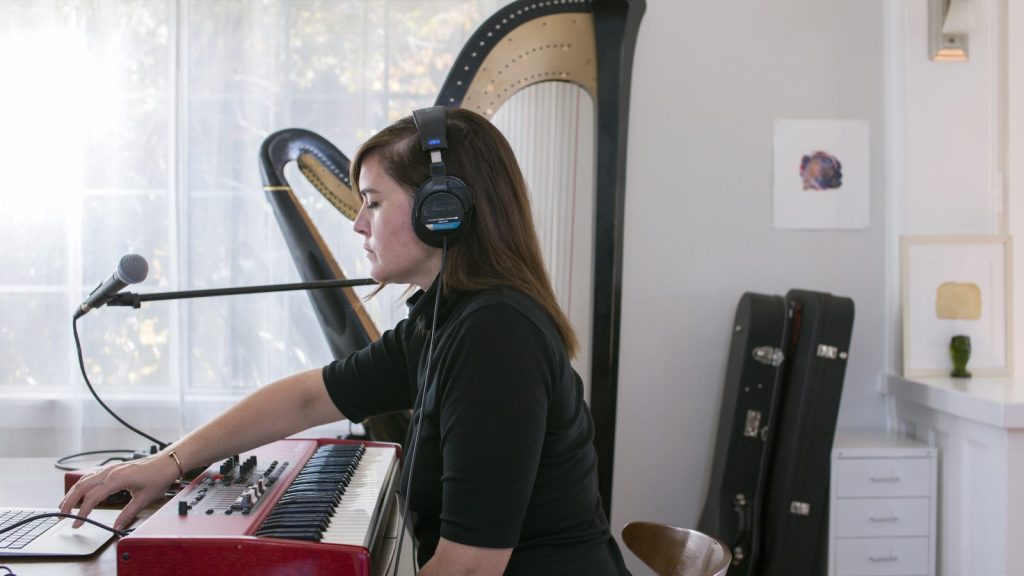For my final project I want to create an interactive scene or compostion that the user can use to reveal things. I really want to incorporate the alphabet into the ‘environment’. I imagine this could act as a teaching tool that kids could play with and potentially help learn the alphabet.

In order to interact with the environment the mouse would the catalyst for things to happen (using a mouseX() and mouseY() a lot). I also want the environment to be very graphic and abstract. I don’t want to create a literal scene but more of a interactive composition.
I hope to incorporate simple animation for the scene and the different interactions like the revealing and how the letters move. Also I want there to be very simple sound, like when events occur (revealing letters) and maybe some basic ambient noise.
I am really inspired by Paul Rand and his playful simple imagery. I also feel like this visual style will lend itself well to my goal and p5.js.



![[OLD FALL 2019] 15-104 • Introduction to Computing for Creative Practice](../../../../wp-content/uploads/2020/08/stop-banner.png)















